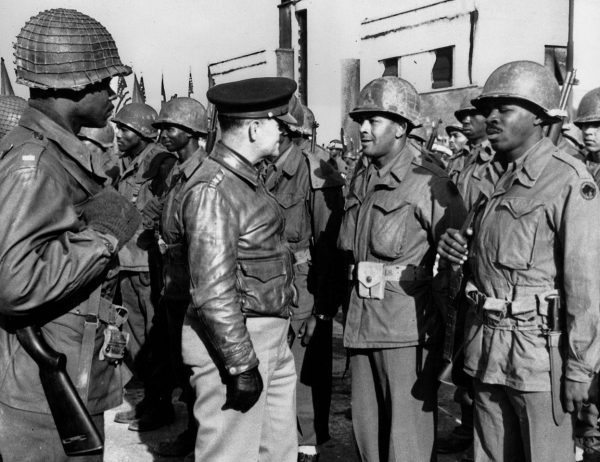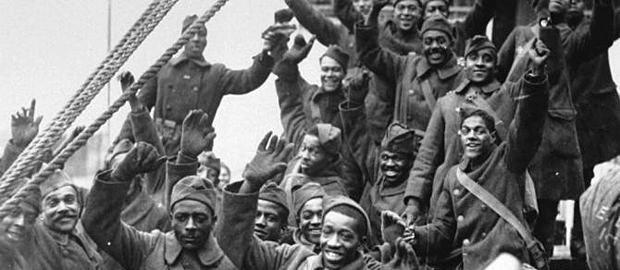

These War Department records, created to identify men eligible to serve in the war effort, were used to enroll men for the draft, enlist volunteers and to arrest deserters based on physical descriptions recorded in the files. Enlistment and discharge information on soldiers, sailors, and Marines are provided.Ĭensus records may be accessed free of charge at .Įven if census records can't verify your ancestor as a Civil War soldier, Provost Marshal Records, held by regional National Archives and Records Administration (NARA) branches, may assist with your search. This "Special Schedule" listed Union veterans and their widows. You can also check the 1890 Veterans Census. Some state census records also note the designation: The 1894 Michigan census, for example, includes a notation for "US or Conf" veterans and their widows. Federal censuses indicate if a person was an Army or Navy veteran of Union or Confederate units. Here are some resources to help you get started:Īlthough regiments are not specified, federal and state census records may verify your ancestor's Civil War service.

If you're interested in learning about ancestors who served in the Civil War, you have plenty of ways to find out. Native Americans were involved in the western theater for the Union and defended Southern lands with the Confederacy.

African Americans also served with Confederate forces as laborers and servants - and a handful even served as soldiers at the end of the war. The Union enlisted nearly 180,000 black soldiers. The Civil War touched the life of every citizen. Library of Congress Prints & Photographs CollectionĬivil War officers of 3rd Regiment Massachusetts Heavy Artillery at Fort Totten, Washington in 1865.


 0 kommentar(er)
0 kommentar(er)
